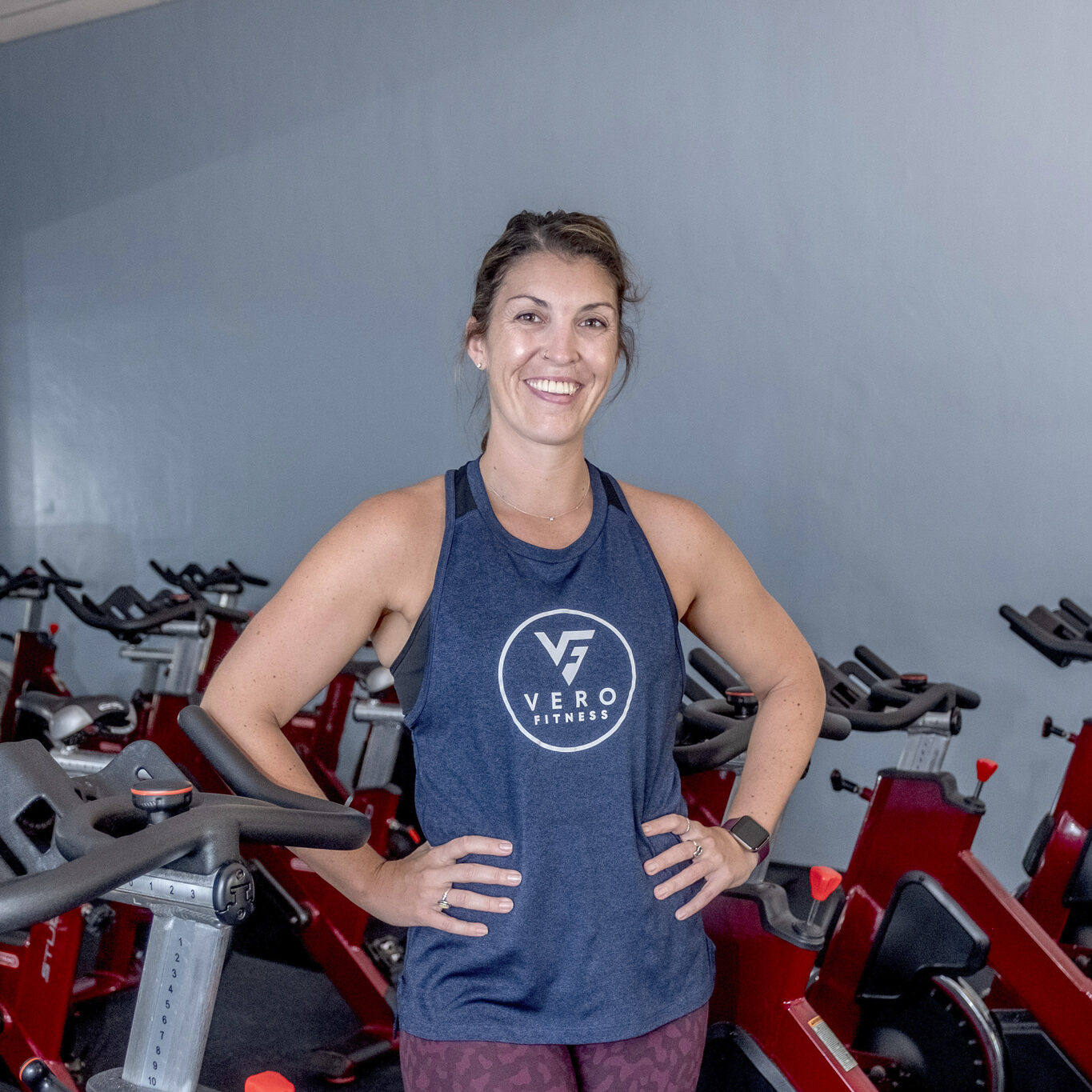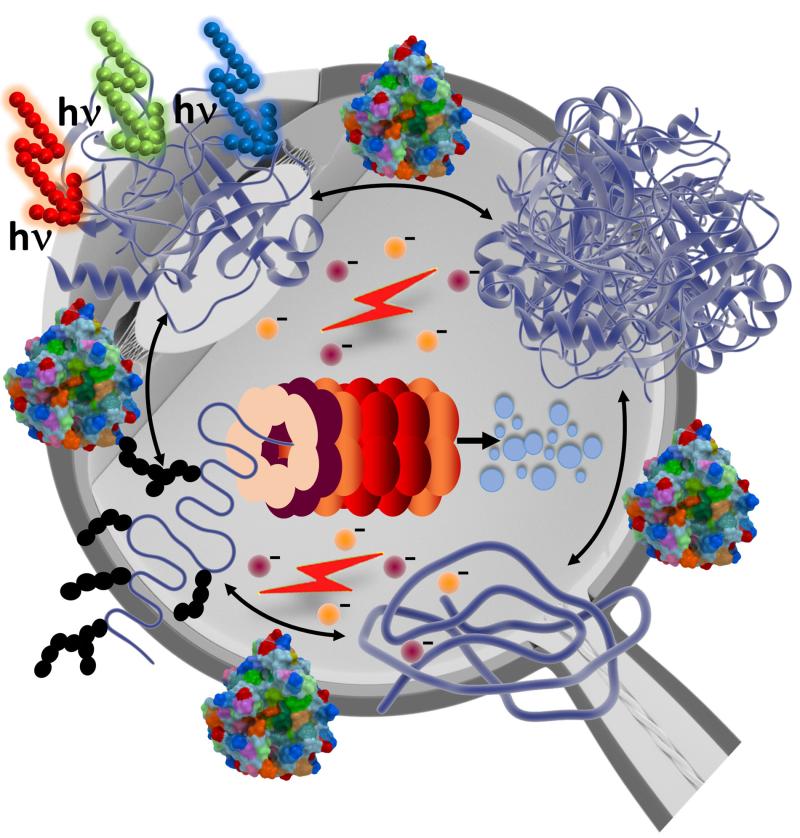Fitness
Fitness musts and myths: What exercise advice to follow – Vero News

To stretch or not to stretch? To ice or not to ice? To run or not to run?
Fitness culture is rife with new ideas and outmoded concepts and misconceptions, thanks to constantly evolving science and fitness websites and influencers who share tips based on anecdote, inconclusive evidence and “gym lore.”
So exactly what advice should you be following when it comes to basic exercise principles?
Concept 1: You need to stretch before you work out.
Harvard Medical School’s newsletter says it’s not just runners and gymnasts who need to stretch. Anyone who is exercising vigorously should stretch in order to protect mobility and prevent injury.
Danielle Kireczyk, personal training director at Vero Fitness, says, “Doing some stretching or warm-up before working out is better than getting right to it. Whether walking on the treadmill for a few minutes, working through a dynamic warm-up, or stretching, it’s important to prime your muscles and joints before the actual workout begins.”
Shanna Benson, an ACE-certified fitness instructor at Vero Fitness, explains that there is static stretching and dynamic stretching. A static stretch is held in one position for 17 seconds minimum while dynamic stretching is a moving stretch putting the body through a full range of motion in sequence as you warm up your core temperature.
Static stretching before your core temperature is heated can result in an increased risk of injury, but dynamic stretching before a workout is a good idea.
Benson says, “I think stretching after your workout is most important, not only to prevent injury but to speed up and enhance your workout results.
Concept 2: You need to lift heavy weights to build muscle.
A recent report in U.S. News & World Report says that lifting weights regularly builds strength and muscle. It doesn’t matter if those weights are heavy or light – the act itself, plus consistency, pays off.
Kireczyk says fitness isn’t one size fits all. Lifting weights is not going to sculpt your physique by itself – diet, nutrition and a complete fitness routine all work together to do that.
“In 40-plus years as a personal and group training instructor, I’ve learned that you don’t have to lift heavy weights to build muscle,” shares Benson. “I believe oxygen deprivation to specific muscles promotes hypertrophy, an increase in muscular size achieved through exercise.”
Concept 3: Running destroys your knees.
According to Cleveland Clinic, running doesn’t cause arthritis – it causes temporary changes to the cartilage and fluids in your knees. When you rest, they recover. Running may even lower your risk of arthritis because knees compress when you run, causing more fluid to travel to joints to keep them lubricated.
Benson says that impact can even reverse bone loss to some degree. But, she adds, overdoing it can break down joints. The key is moderation and sufficient recovery time.
Concept 4: Walking is enough to keep you fit as you age.
The U.S. Centers for Disease Control and Prevention recommends that adults 65 and older engage in moderate-intensity exercise at least 150 minutes a week. In addition, individuals should perform strength training and balance exercises at least twice weekly.
“Walking is an amazing form of exercise,” says Kireczyk. “It’s free, low-impact and can be done in various forms of intensity. But there is no single thing that keeps someone fit.
“Just lifting weights, just doing cardio, or just healthy eating has benefit, but the ultimate goal is for everyone to have a routine that involves all three.”
Benson adds, “Walking is a great place to start if you have been completely inactive, but more is needed to maintain your musculature. Muscle is the glue that helps maintain your skeletal structure and walking alone isn’t enough. Weight training is every bit as important as walking to keep you in condition to walk.”
Concept 5: Runners and cyclists don’t need to do additional strength training for the lower body.
An article published recently in Men’s Journal reported that a running or cycling program that lacks strength training for the legs can lead to injury.
Runners tend to develop tight calves and shin splints, while cyclists often have weak glutes and tight hip flexors and/or hamstrings. Mobility exercises, along with squat, deadlift and lunge variations can help prevent these imbalances.
Kireczyk concurs, adding you can’t get good at running by just running and you can’t get good at lifting weights by just lifting weights. Everything works hand in hand and its important blend all forms fitness for optimal wellbeing.
Concept 6: You need 10,000 steps a day to be healthy.
Fitness tracking devices encourage people to take 10,000 steps a day, but taking fewer steps still has many health benefits, according to Harvard T.H. Chan School of Public Health’s I-Min Lee, an expert on step counts and health.
“You don’t need a certain number of anything to be healthy,” says Kireczyk, “but it’s good to have some sort of measurement and goal, especially if you have a sedentary lifestyle.”
Benson believes that if someone can get 1,000 more steps daily than what they are used to, regardless of the baseline number, their health will certainly benefit.
Concept 7: Taking an ice bath after a tough workout improves recovery.
An article in Business Insider discussed pros and cons of ice baths, concluding that although an ice bath is not an everyday necessity, it might be beneficial after an intense workout, helping muscles recover and reducing soreness.
Besides ice baths and cold plunges, Kireczyk believes that rest days, saunas, red light therapy, yoga and stretching are other good exercise recovery aids.
Benson adds that cold plunging is not for everyone. There are health and autoimmune conditions that can be aggravated by total water immersion. Research on this subject is just beginning.
Shanna Benson is certified as an Advanced Physical Fitness Specialist by the Kenneth Cooper Institute of Aerobic Research and by the American Council on Exercise as a Group Exercise Instructor. She is group fitness manager at Vero Fitness. Danielle Kireczyk is an Athletics and Fitness Association of America Certified personal fitness trainer and an AFAA Certified Primary Group exercise instructor who is personal training director at Vero Fitness, which is located at 1060 6th Ave., Vero Beach. The phone number is 772-567-1400.









